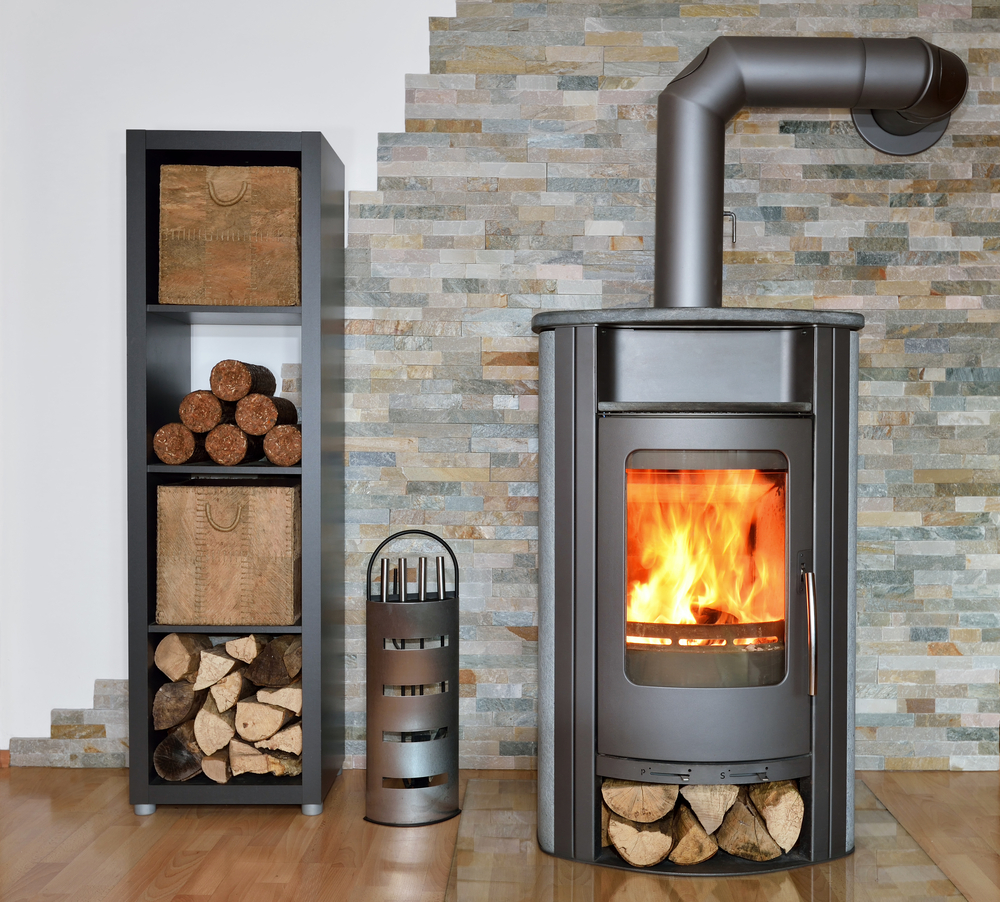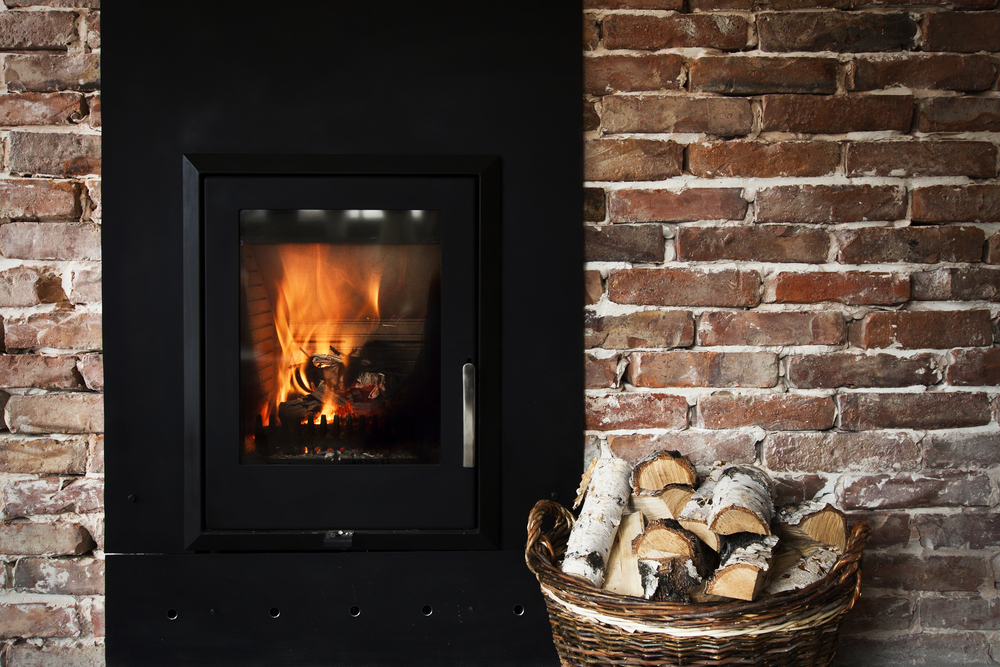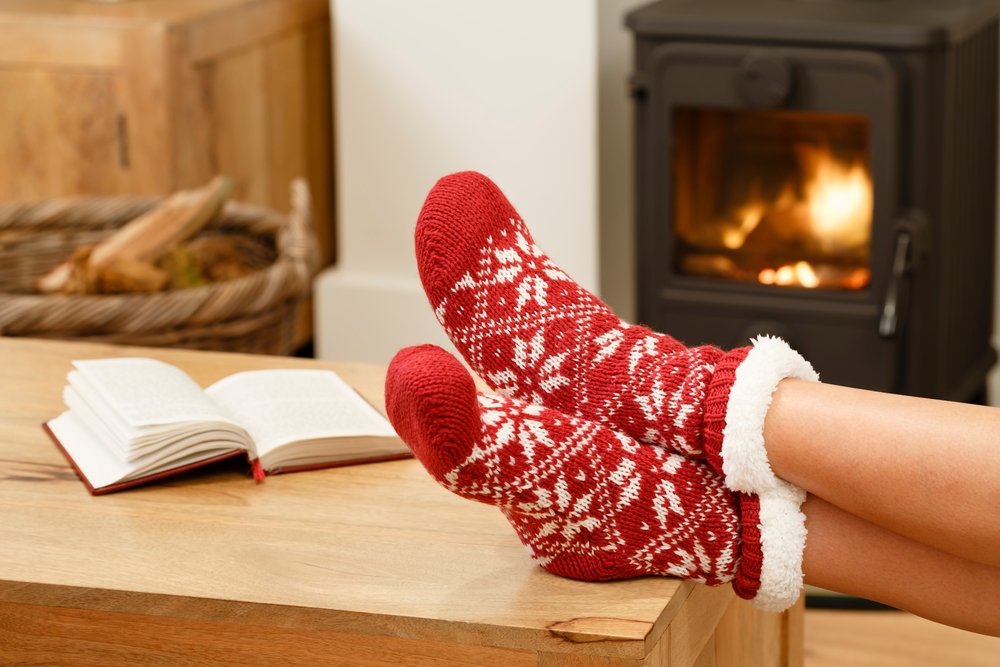While choosing a stove for your home is an incredibly practical option, the right stove will also be a stunning visual visual feature in your property. So to keep your stove looking fresh and new, there are some cleaning and maintenance steps you should take. So what are the important steps for cleaning your wood burning stove?
Important tips for cleaning your wood burning stove
To keep your wood burning stove clean, you should consider some regular cleaning and maintenance tasks, including:
- Cleaning the glass- over time the glass on your stove can become ashy, sooty or dirty. It is also a trap for fingerprints and smudges too. You can use specialist stove cleaning products for this, or just a microfibre cloth. Be sure the clean the inside and the outside of the glass for the best results.
- Cleaning the exterior- the exterior of the stove can also become dirty over time, due to ash and dust. This can be cleaned easily using a vacuum cleaner with a mouthpiece with soft brushes. You should never use a wet cloth to clean this, as this can ultimately lead to rust.
- Scratches in the paintwork- occasionally scratches can develop in the paintwork, usually as a result of accidental damage. However, these can easily be fixed with heat resistant spray paint. Simply make sure that the surface of the wood burning stove is clean and dry before you paint it.
For more information or advice, get in touch with the professionals today, here at JMS Wood Burning and Multi-Fuel Stoves? We are leading stove experts. From wood burning stoves to multi-fuel, and cast iron stoves to steel, we offer something for everyone. Get in touch today?



